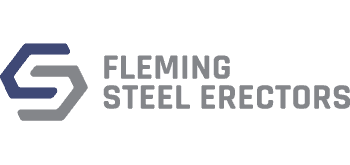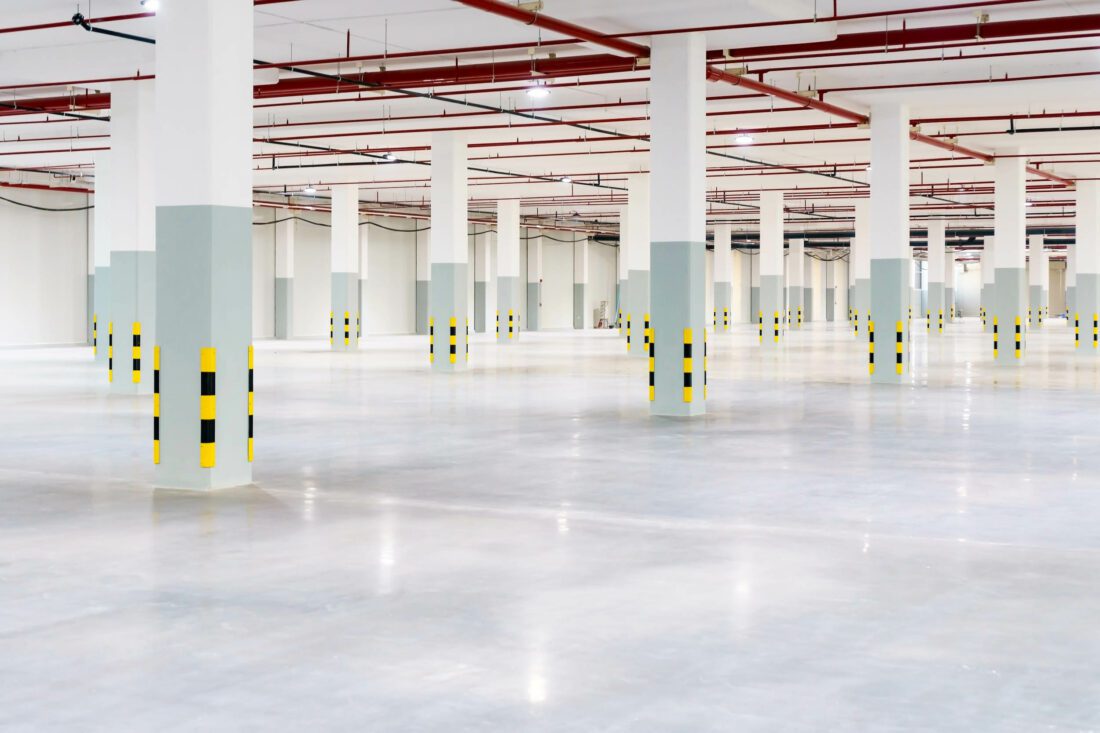Fire Protection Measures for PEMB (Pre-engineered Metal Buildings)
The risk of fire is a significant concern for any type of structure, including pre-engineered metal buildings (PEMB). Fortunately, builders today have a number of effective ways to address this risk.
Types of Fire Protection Systems
When fire occurs in a structure, fire protection systems can limit its impact and save lives. Here are some of the main fire protection tools builders employ:
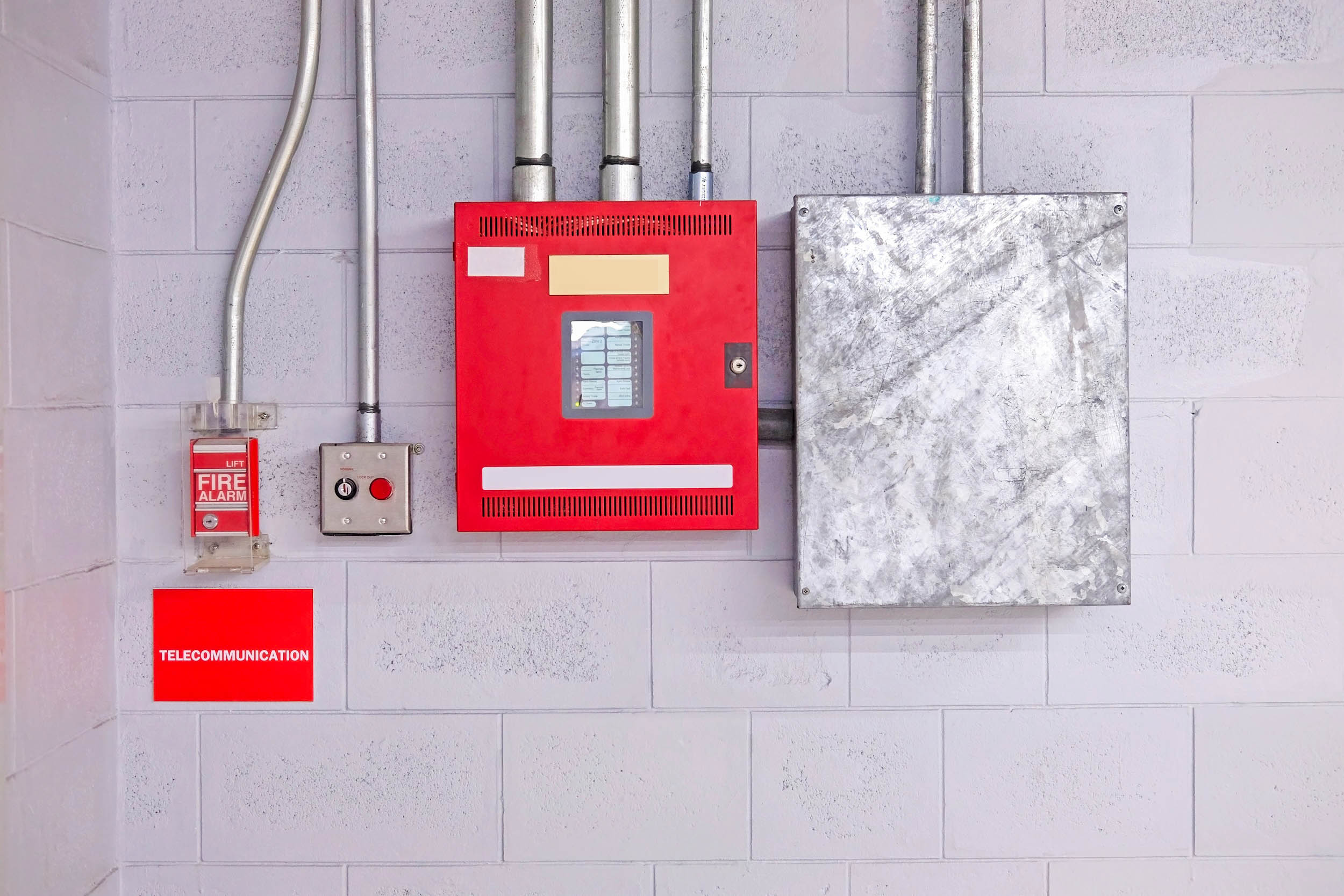
Fire Alarm Systems. These systems save lives by alerting occupants to the existence of a fire so they can evacuate the structure. They also limit potential damage by notifying the local fire service, which can lead to a quick response. They work by detecting one or more of the byproducts of fire, which include heat, smoke, flames and fire-produced gasses. Fire alarm systems can also include manual pull stations, which allow individuals to alert other occupants as well as the fire service to the existence of a fire.
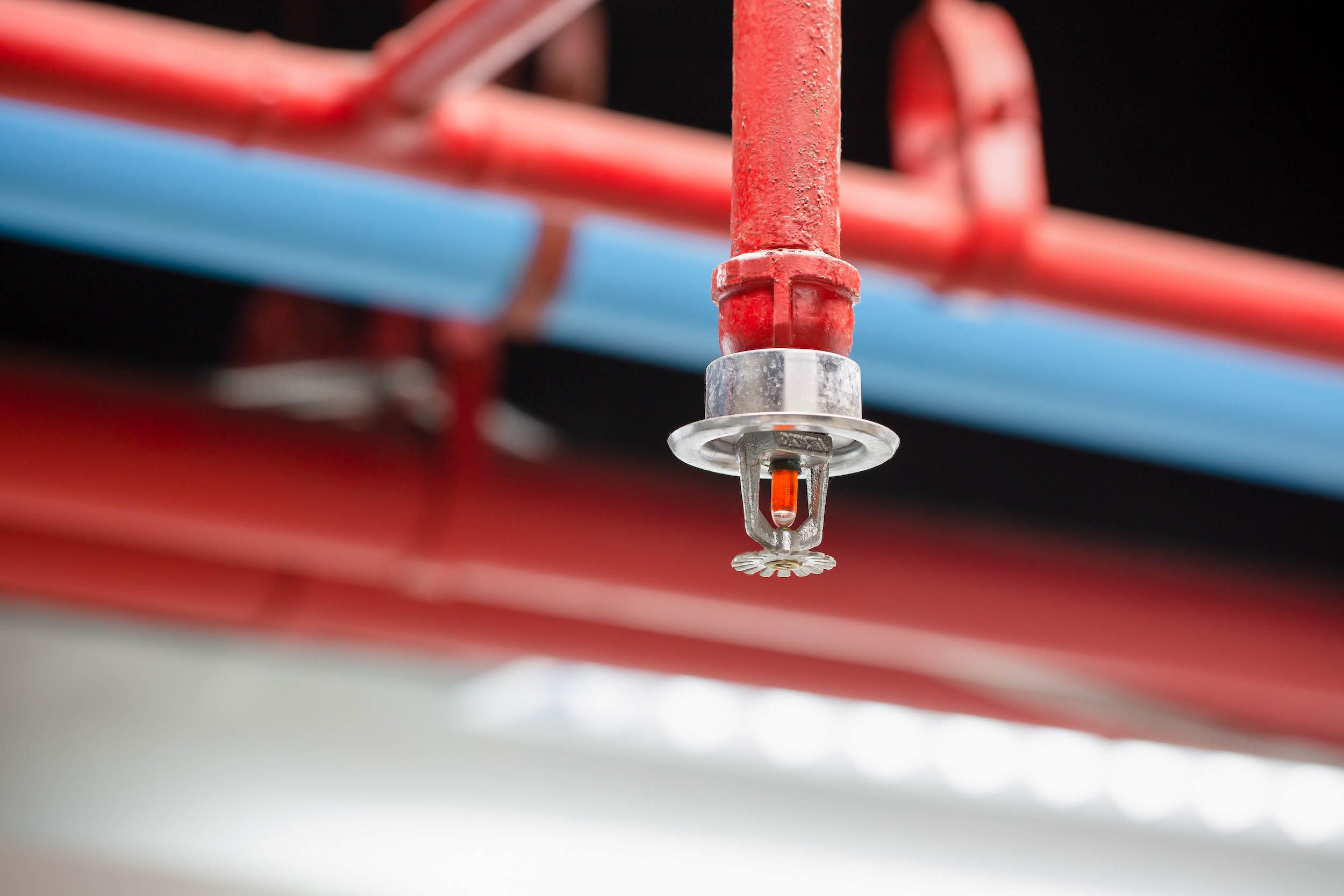
Automatic Sprinkler Systems. These are the most common fire suppression systems used in all types of commercial and industrial structures. They are activated when the ambient temperature reaches a certain level. Their purpose is to extinguish flames or contain them adequately until fire service teams arrive.
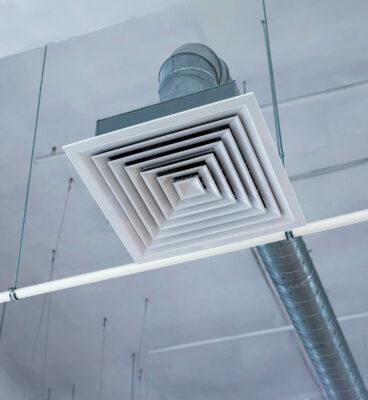
Smoke Control Systems. Most fire deaths are not caused by the fire itself but from smoke inhalation. Smoke control systems mitigate this risk by limiting the spread of smoke. There are two basic types:
- Smoke containment systems are useful mainly in enclosed environments such as stairwells, vestibules, and elevators. They work by maintaining higher air pressure within the enclosed space than the surrounding areas. This prevents smoke from entering the enclosed area and can enable people to escape without being exposed to deadly smoke.
- Smoke management systems use exhaust fans, typically mounted at the ceilings of large structures such as warehouses, to evacuate the smoke, which is replaced with fresh incoming air. This is the type of system most useful for PEMBs.
Fire-Resistant Materials
The ability of a building to resist fire is largely dependent on the type of materials used in its construction. This is where pre-engineered metal buildings (PEMB) excel.
Steel and Concrete are the main materials used in PEMB construction, and both are exceptionally fire-resistant. It takes temperatures in the range of 1,500 degrees Fahrenheit for steel components to begin to fail, and steel will only melt at 3,500 degrees. Concrete can melt at temperatures between 1,150 and 2,192 degrees Fahrenheit.
By contrast, wood will ignite at 700 degrees Fahrenheit. At just 450-500 degrees it will begin charring and will usually ignite in a matter of hours. Most residential buildings and even some commercial structures use wood framing and other combustible materials, which provide fuel for fires and contribute to their spread. It’s no coincidence that most structure fires occur in residential buildings.
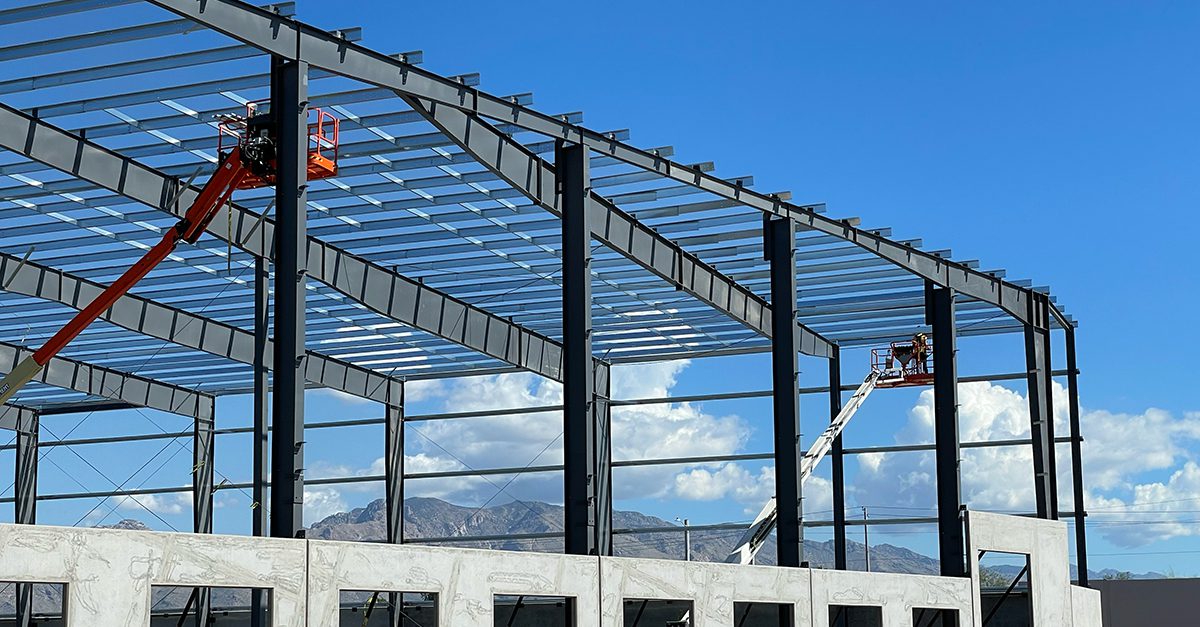
Other Fire-Resistant Materials
No building is completely fireproof. Even a structure built with fire-resistant steel and concrete will have elements vulnerable to fire: the electrical system, the inner walls, partitions, furniture, equipment, paper, and inventory to name a few. So, all buildings can benefit from the use of these additional fire-resistant materials:
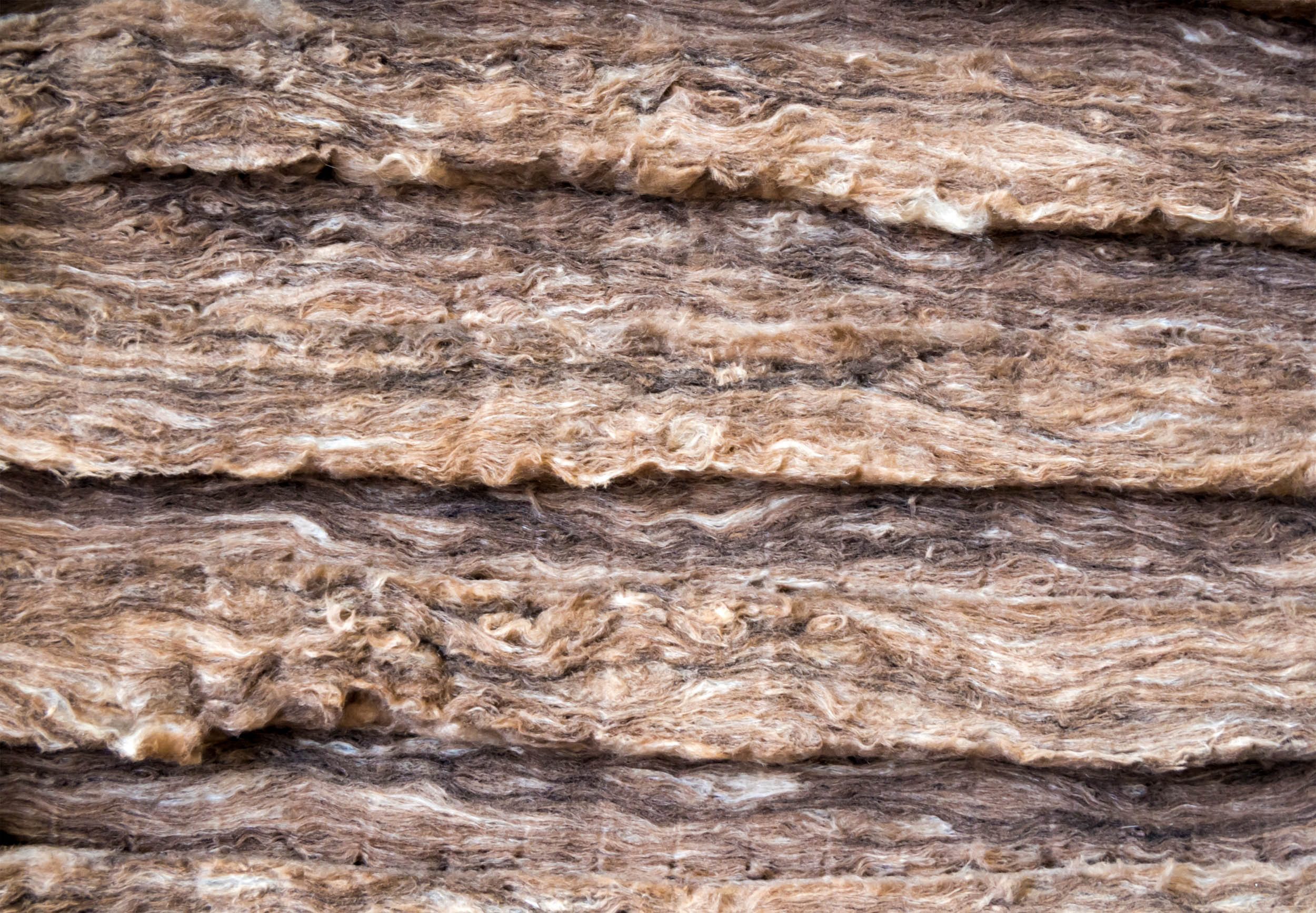
Fire resistant insulation. The best types of fire-resistant insulation are fiberglass and mineral wool, which are noncombustible and require no additional fire-retardant chemical treatment. Cellulose insulation is treated with fire-retardant chemicals but is made primarily of paper, which is, of course, highly combustible. Spray foam insulation can ignite at 700 degrees Fahrenheit and contains methylene diphenyl diisocyanate, which can cause lung damage and asthma.
Fire-proof coatings. Spray-applied fireproof coatings come in two main varieties:
- Intumescent Paint. This material swells when exposed to heat, creating an insulating layer between the fire and the material underneath.
- Cementitious Fireproofing. This material incorporates cement-based materials with perlite or vermiculate to create a fire-resistant barrier. It is applied to structural elements such as beams and columns.

Fire rated doors. These are integrated assemblies that include the door, frame, hardware, and any glazing. They are specifically designed to compartmentalize flames, smoke, and radiant heat. The door assemblies and their individual components are tested for their ability to endure heat (up to 1,925 degrees Fahrenheit), to limit heat transmission from one side to the other, and to withstand the stream of a fire hose.
Fire Rated Windows. These are made of fire-resistant glass and frames that are designed to limit the spread of fire and smoke. They typically must be able to withstand heat up to 1,600 degrees Fahrenhe
Best Practices
Clearance and Separation of Combustible Materials. The law and common sense dictate that combustible materials must be placed in separated areas with ample clearance. The Occupational Safety and Health Administration (OSHA) has specific regulations regarding the storage of combustible materials and flammable liquids, which all building owners should follow. For instance, combustible materials must not be stacked in piles more than 20 feet high. Flammable liquids must be stored in approved containers and not near exits, stairways, or places normally used for the safe passage of people.
Fire safety training. The best defense against loss of life and property in a fire is a well-trained workforce. OSHA provides guidelines for fire safety training and offers the training itself. It also provides links to private contractors that offer OSHA-approved training. This goes hand in hand with OSHA’s guidelines on emergency preparedness.
With adequate training, fire protection systems, and the best fire-resistant materials, PEMBs can be among the safest environments for workers and visitors alike.
Oklahoma Based. National Reach.
We help general contractors meet division 13 PEMB, conventional and hybrid steel system erection demands for projects ranging from 25,000 to over 1,000,000 square feet.

